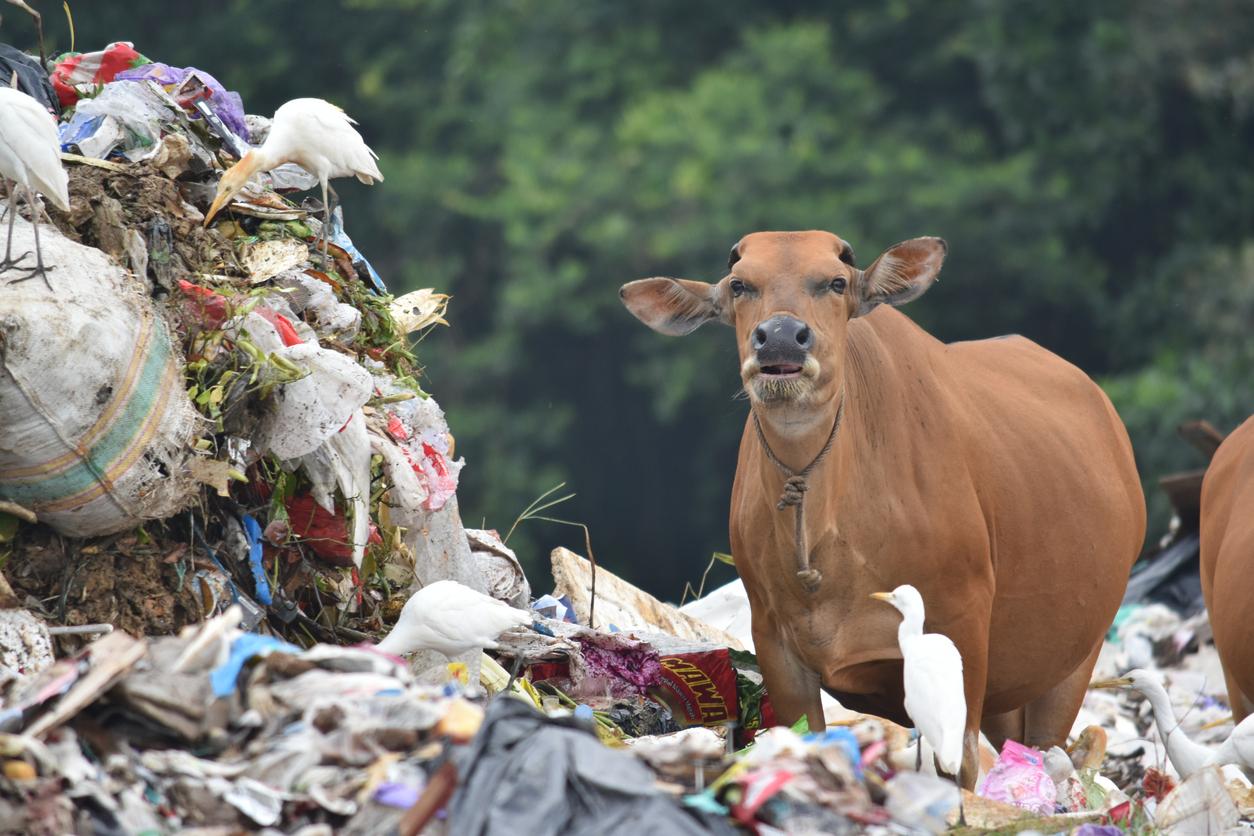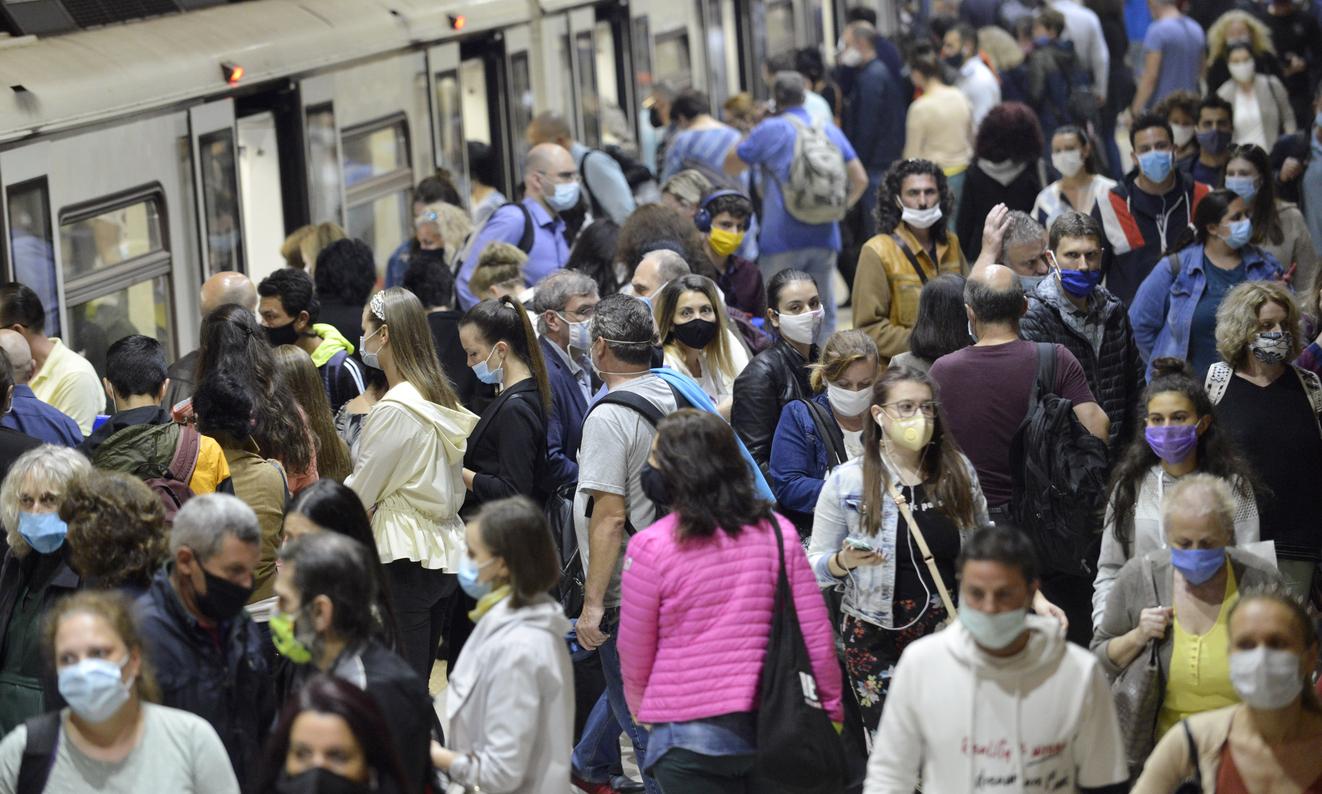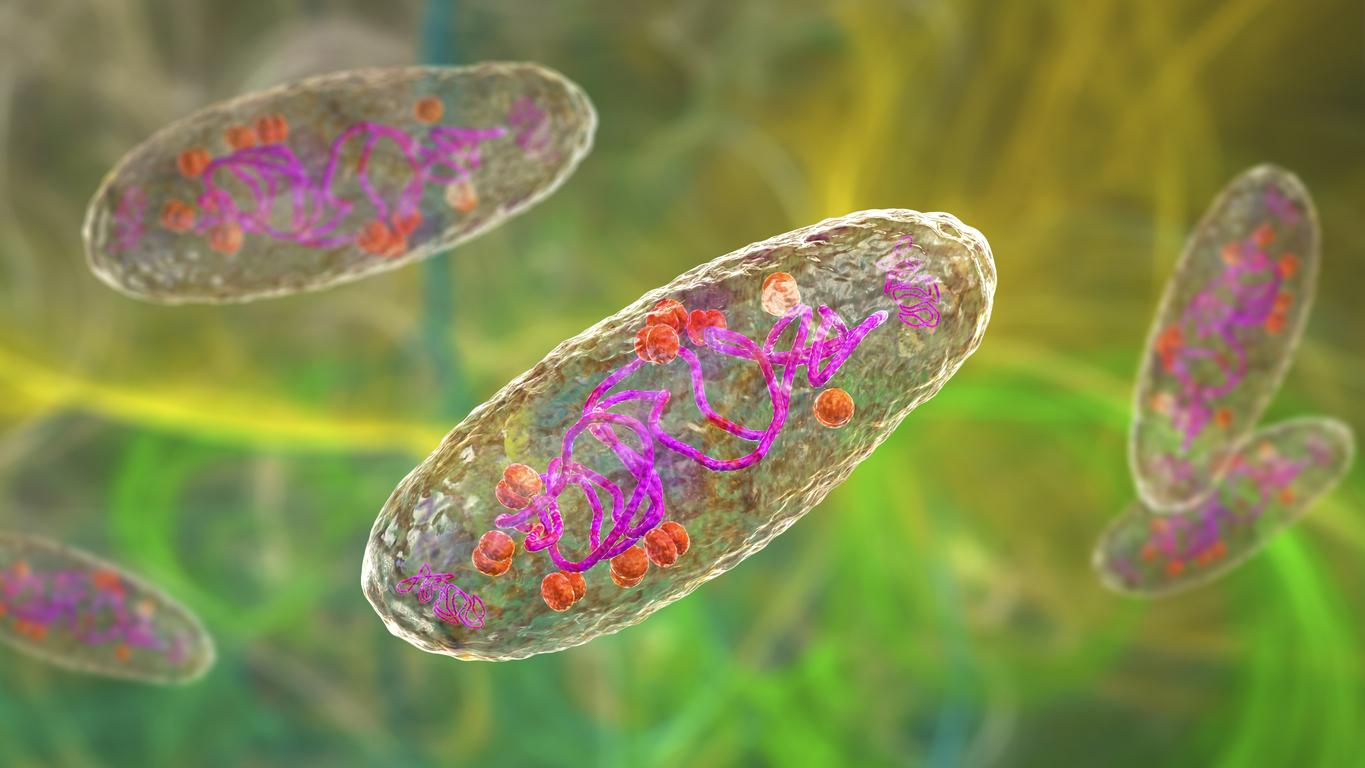Landfills act as an interface between humans, animals and the environment, from which emerging and zoonotic infectious diseases can originate.

- Epidemiologists worry that landfills could be dangerous reservoirs of new diseases that can quickly turn into pandemics.
- Several reasons explain this: the site itself which increases the rate of contact within and between species, which allows rapid transfer of pathogens; and the unsanitary conditions in which garbage collectors work in developing countries.
- For Professor Gummow, it is urgent to implement sustainable waste management worldwide and reduce its quantity.
“A growing trend of emerging and zoonotic infectious diseases (EIDs) has been observed worldwide”, indicate epidemiologists in a study published in the journal One Health. In the majority of cases, these outbreaks originate in wildlife and involve interactions between the pathogen-host and the environment. However, landfills increase these interactions between humans, animals and the environment, which could increase the likelihood of new diseases emerging that could quickly turn into pandemics.
Landfills allow “rapid transfer of pathogens”
To assert that landfills could be dangerous reservoirs of diseases, Professor Bruce Gummow, epidemiologist at James Cook University, and his team analyzed nearly 350 scientific articles on the subject. “Compared to natural environments, landfills provide food for animals all year round, explains the expert. A high population density of multiple species at a landfill site increases the rate of contact within and between species, allowing rapid transfer of pathogens and an increased risk of emergence of new pathogen strains.”
Garbage collectors working in unsanitary conditions
In collaboration with Mahidol University in Thailand, the epidemiologist specifically studied the interaction between waste, animals and the millions of people who earn their living by scavenging landfills for materials to resell or reuse. “Most waste pickers in developing countries were informal workers who did not have access to proper health care and, therefore, could potentially carry diseases without realizing it or being able to do something about it. remedy it. They are at high risk while being more likely to be exposed to different zoonotic pathogens”, worries Professor Gummow.
Cities will produce more than 6 million tonnes of solid waste per day in 2050
And the problem is unlikely to get better, says the expert, who specifies that by 2050, cities will produce more than six million tons of solid waste per day. “The percentage of organic matter in waste composition is high in low-income countries, with uncontrolled disposal, such as open dumping with open burning, a common practice”, he adds.
According to him, we absolutely must take this issue seriously, by implementing sustainable waste management globally and reducing their quantity. “We must urgently reduce interactions between humans, animals, vectors and pathogens in landfills if our goal is to reduce the emergence of new diseases that can quickly turn into pandemics”, he concludes.


















